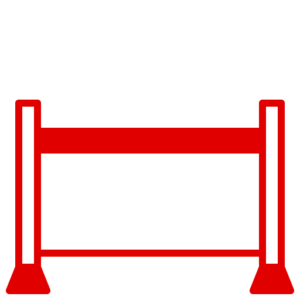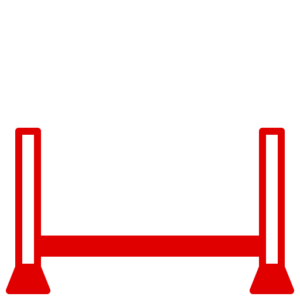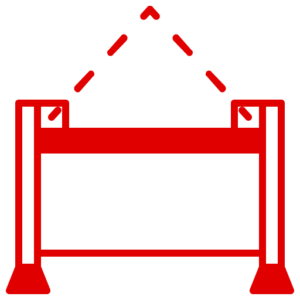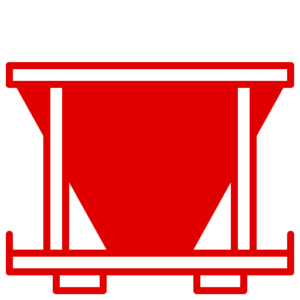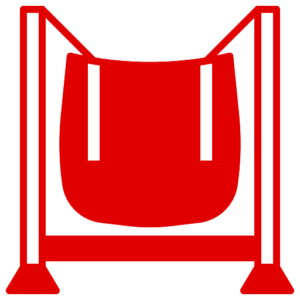News
Proper Maintenance of Stillages: Meeting PUWER Requirements
Welcome to the Stillages & Cages blog! In this post, we will discuss the essential steps for properly maintaining stillages to meet the requirements of the Provision and Use of Work Equipment Regulations (PUWER). Regular maintenance is crucial for ensuring the safe and reliable operation of stillages in the workplace. Let’s explore the key steps to follow for effective stillage maintenance and compliance with PUWER regulations.
- Establish a Maintenance Schedule: Develop a regular maintenance schedule based on factors such as usage frequency, environmental conditions, and manufacturer recommendations. This schedule should outline specific maintenance tasks and their frequency to ensure comprehensive upkeep of stillages.
- Visual Inspections: Conduct regular visual inspections of stillages to identify any signs of damage, wear, or deterioration. Look for issues like cracks, bent components, loose or missing fasteners, or worn-out surfaces. Promptly address any identified defects to maintain their structural integrity.
- Repair or Replace Damaged Components: If any damage or defects are detected during inspections, promptly repair or replace the affected components. Follow manufacturer guidelines for repair procedures or seek assistance from qualified personnel when needed. Timely repairs are essential for the safe operation of stillages.
- Lubrication and Cleaning: Keep stillages clean and free from debris or contaminants. Lubricate moving parts, hinges, or locking mechanisms as recommended by the manufacturer. Proper lubrication ensures smooth operation and prevents premature wear and tear.
- Load Capacity Checks: Regularly check the load capacity of stillages to ensure it aligns with the manufacturer’s specifications. Avoid overloading stillages, as it compromises their structural integrity and poses safety risks. Adhering to load capacity limits is crucial for maintaining safe operations.
- Training and User Awareness: Educate employees on the importance of proper stillage maintenance and provide training on how to conduct basic inspections. Encourage them to promptly report any maintenance issues to the appropriate personnel. Employee awareness contributes to a proactive maintenance culture.
- Document Maintenance Activities: Maintain detailed records of all maintenance activities performed on stillages, including inspections, repairs, and component replacements. Document the date, nature of maintenance, and personnel involved. This documentation demonstrates compliance with PUWER requirements and serves as a reference for future maintenance.
- Seek Professional Assistance: For complex repairs or maintenance tasks, consider engaging qualified professionals or specialists with expertise in stillage maintenance. They can ensure proper procedures are followed and provide guidance on best practices for maintaining stillages.
By following these maintenance practices, employers can meet the PUWER requirements for stillages, ensuring their safe and reliable operation in the workplace. Regular maintenance helps prevent accidents, extends the lifespan of stillages, and promotes a safe working environment. At Stillages & Cages, we prioritise safety and compliance, providing high-quality stillages designed to meet industry standards.


